Top 5 Most Beautiful Historical Sites in Syria
Since antiquity, Syria has served as a link between the Mediterranean Sea and Arabia's severe deserts. A plethora of kingdoms controlled Syria. Before the ... read more...Romans arrived, Alexander, the Great came and departed, leaving towns like Palmyra in his wake. Syria was a member of the Byzantine Empire, the Caliphate, the Crusader kingdoms, the Ottoman Empire, and a short-lived French colony until 1946 when it gained independence. However, most of Syria's historic heritage, like that of many other historical monuments in the region, has been seriously damaged by the ongoing and complex civil war. Syria had a lot of wonderful spots to visit before the conflict, including Krak des Chevaliers and Salah Ed-Din Citadel. Nonetheless, with our list of the most beautiful historical sites in Syria, you can comprehend the incredible and extensive history of this war-torn country.
-
Krak des Chevaliers, also known as Hisn al-Akrad in Arabic, is a Syrian castle erected for the Emir of Aleppo in 1031 AD and later used as the headquarters of the famous Crusader Knights Hospitalier in the 12th and 13th centuries.
The castle, which stands atop a 650-meter-high natural fortress between Tartus and Tripoli, was built in 1031 on the site of an older fort by the Emir of Aleppo.
Krak des Chevaliers, possibly the best surviving Crusader bastion in existence today, is an awe-inspiring example of medieval military architecture and was thus designated a World Heritage site in 2006.
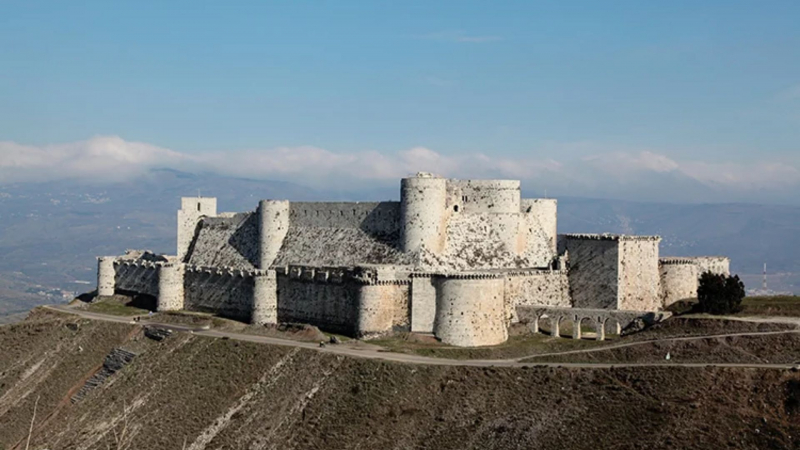
Shutterstock 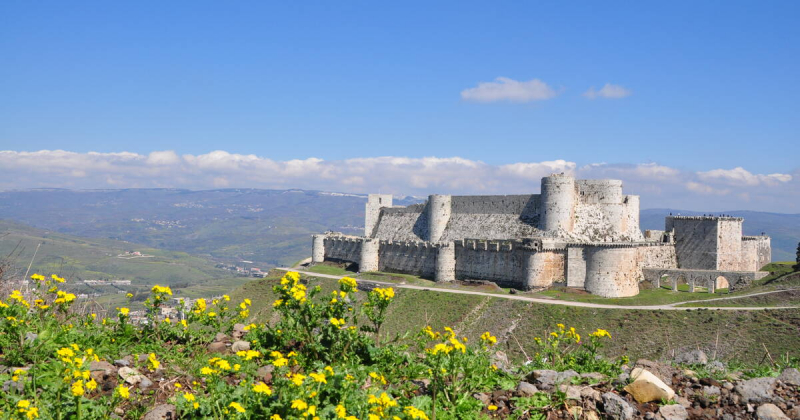
UNESCO World Heritage Centre -
Salah Ed-Din Citadel, also known as Saladin Castle and Saone, is a partially surviving Crusader-era citadel in Syria that is an interesting example of Crusader fortifications.
The location has been utilized as a stronghold for many centuries, and it is thought that the Phoenicians were the first to occupy it, followed by Alexander the Great. The current location was constructed by the Byzantines and served as a Crusader stronghold until Saladin captured it in 1188.
In 2006, the Salah Ed-Din Citadel was listed as a UNESCO World Heritage Site. The citadel is surely one of the most beautiful historical sites in Syria.
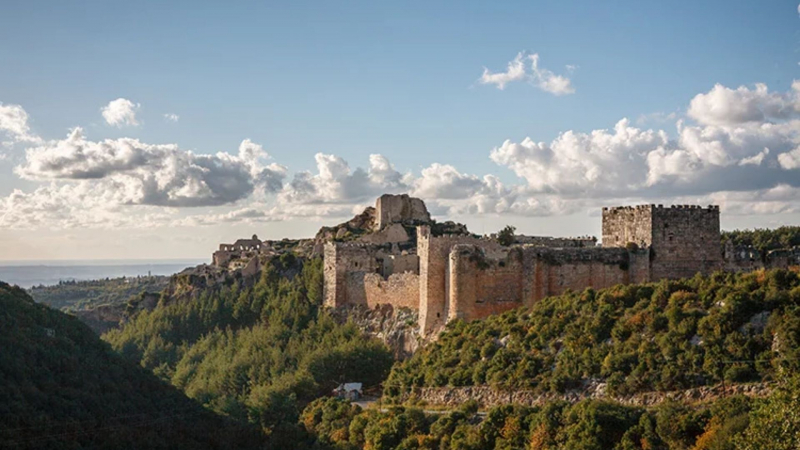
historyhit.com 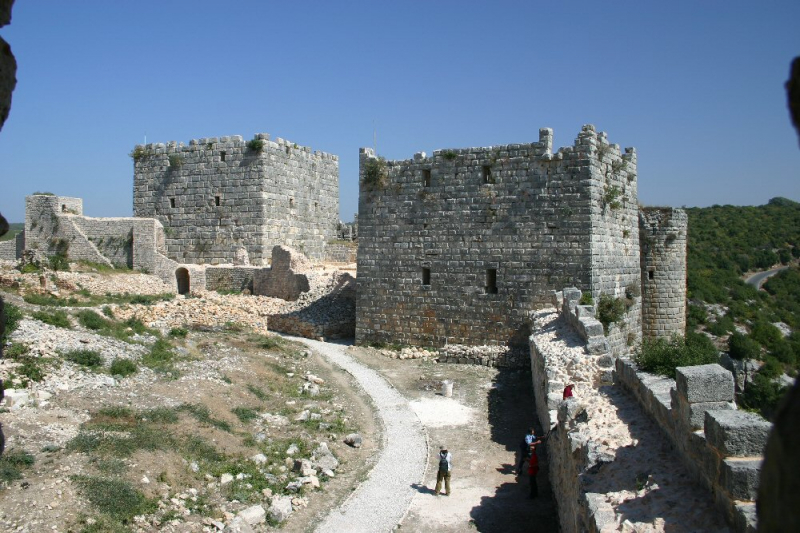
Wikipedia -
Palmyra was a bustling ancient city whose stunning UNESCO-listed ruins can be found in Syria. Palmyra was formerly a commercial hub along a major trade route, known by the Semitic name Tadmor, which means "date palm" and is now the name of the neighboring modern town.
Palmyra is mentioned in the Bible and other historical documents, some of which date back to the second millennium BC. Affluent caravan owners halted there along the historic Silk Road starting in the 1st century BC, contributing to its wealth.
The vast majority of Palmyra's ruins today – which were not destroyed during the Syrian Civil War – come from the city's Roman era, particularly the 2nd and 3rd centuries.
The Temple of Bel, a breathtakingly well-preserved temple to a respected Babylonian deity, is one of Palmyra's most magnificent and historic ruins. The Colonnade of the Decumanus, Diocletian's Baths, the Tetrapylon, the theatre, the arched gates, the agora, the Senate House, and its many funerary monuments and burial sites, some pre-Roman, are all notable sites in Palmyra.
As the conflict allows, massive restoration operations headed by UNESCO and world archaeologists are underway to progressively reconstruct the spectacular remains of Palmyra.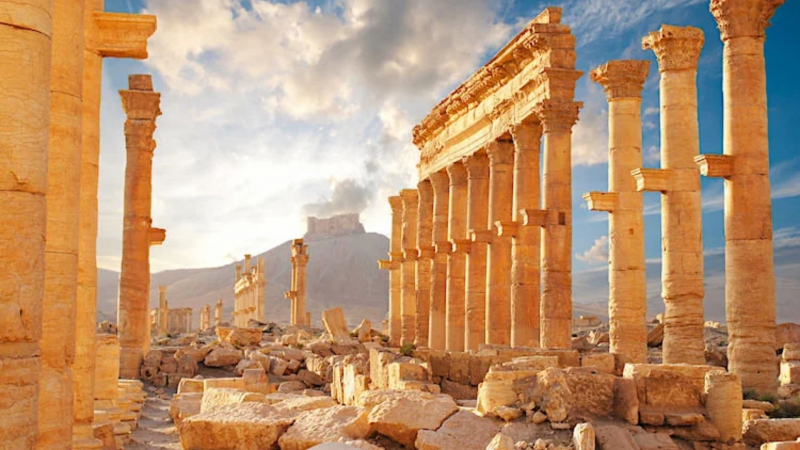
Shutterstock 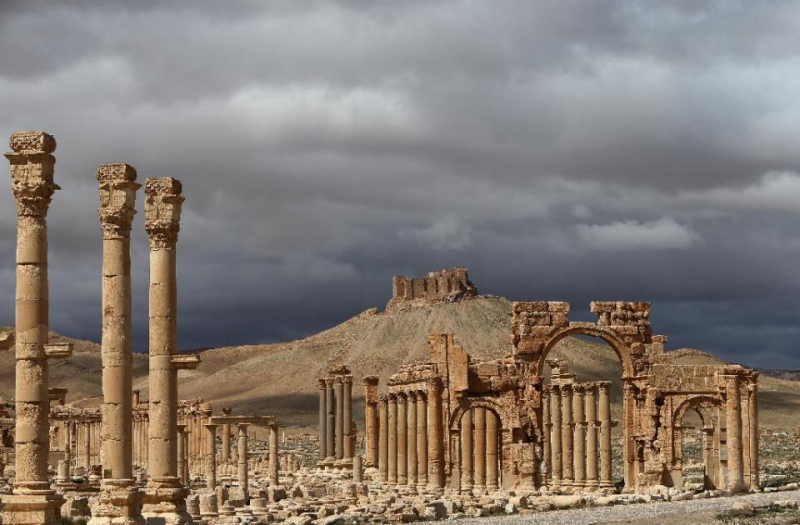
VietnamPlus -
The Umayyad Mosque in Syria, also known as the Great Mosque of Damascus, is not only one of the world's oldest and largest mosques, but it is also Islam's fourth holiest place. After the Muslims conquered Damascus in 634 AD, the mosque was built on top of a basilica dedicated to St John the Baptist. Umayyad Mosque is also one of the most beautiful historical sites in Syria.
According to mythology, the saint's head resides somewhere within the mosque, according to a 6th-century legend. If you can't identify the relic during your visit, you can undoubtedly find Saladin's mausoleum in a tiny garden adjacent to the north wall.
Today, admission to this lovely Islamic landmark is free, but be warned that you must be dressed modestly to attend (for women, that means covering shoulders and hair). Because this popular holy site can become overcrowded, the best time to visit is early in the morning or later in the night when the mosque is lit up against the night sky.
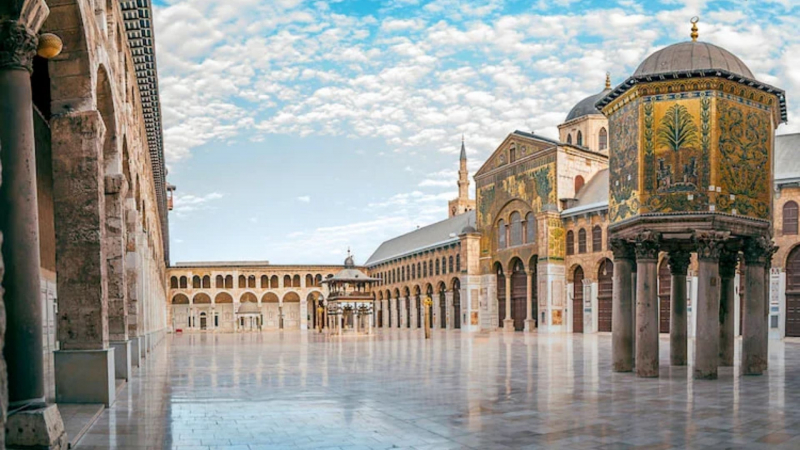
Shutterstock 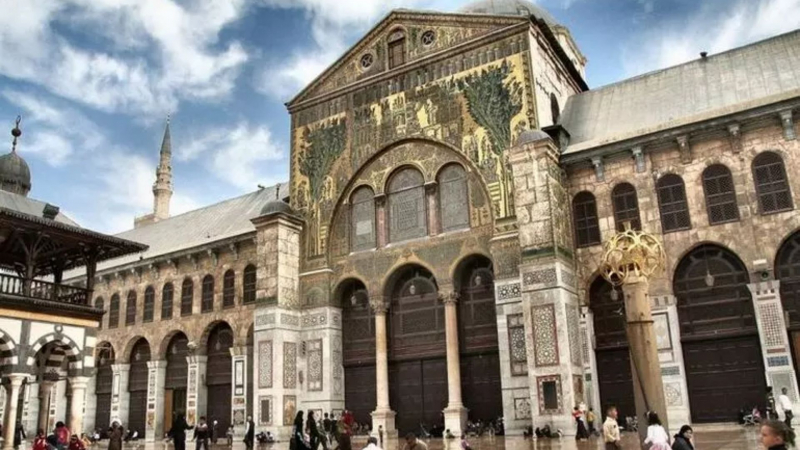
IslamicLandmarks.com -
Ancient Bosra's ruins are among Syria's most impressive historical sites. The amazing 2nd century AD Bosra Theatre, as well as a slew of Nabatean, Roman, Byzantine, and early Muslim constructions, are among the sights to see at Bosra.
A little city still exists today, coupled with a vast number of remarkable archaeological sites. The Roman theatre from the second century AD stands out among the remains at Bosra. It was built during the reign of the Roman emperor Trajan and could have held up to 15,000 people.
The theatre was converted into a fortification during the early Islamic period, which contributed to securing its survival and explains its outstanding condition preservation today. The ruins of an ancient Roman circus can also be seen on the site, with the outline still visible.
The ruins of a Roman bath complex, Nabatean and Roman monuments, early Christian buildings, including the 6th-century cathedral of Bosra, and notable early Islamic sites, including the Al-Omari Mosque, the world's third oldest surviving mosque, have all been discovered at the Ancient Bosra site.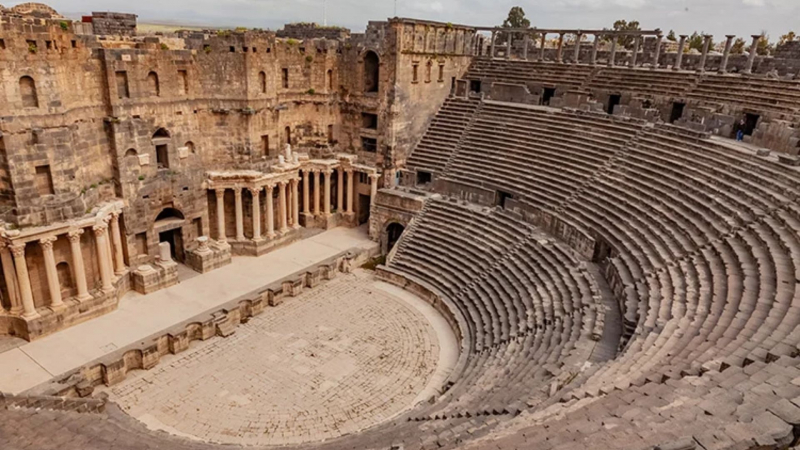
Shutterstock 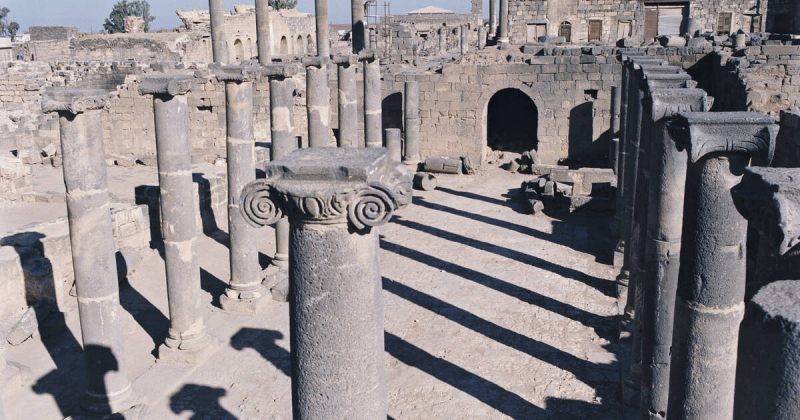
UNESCO World Heritage Centre


























